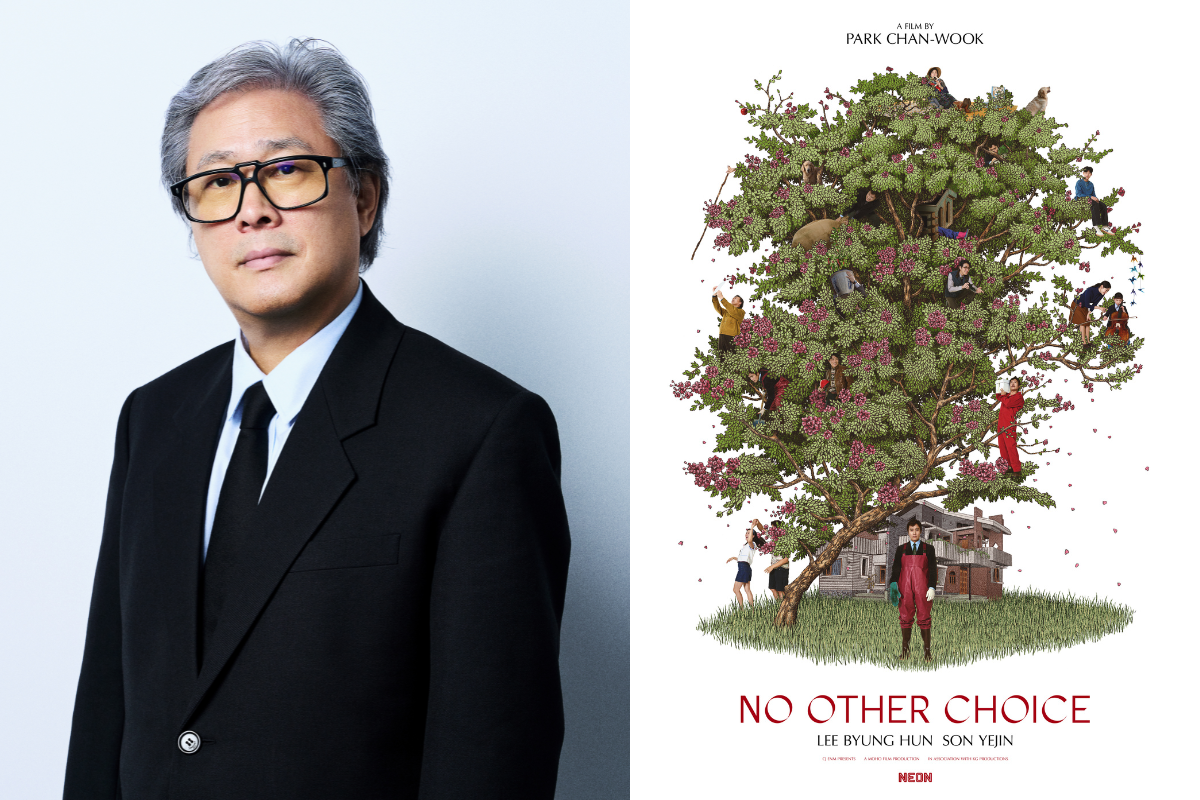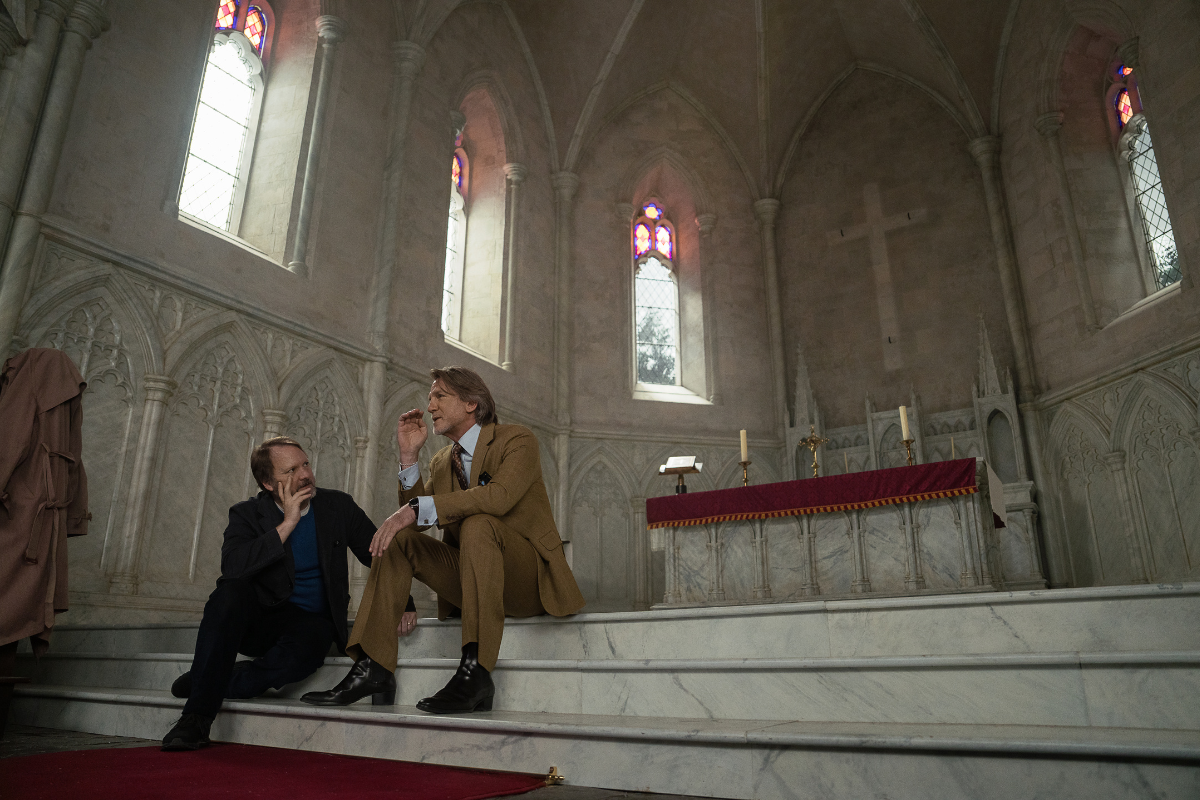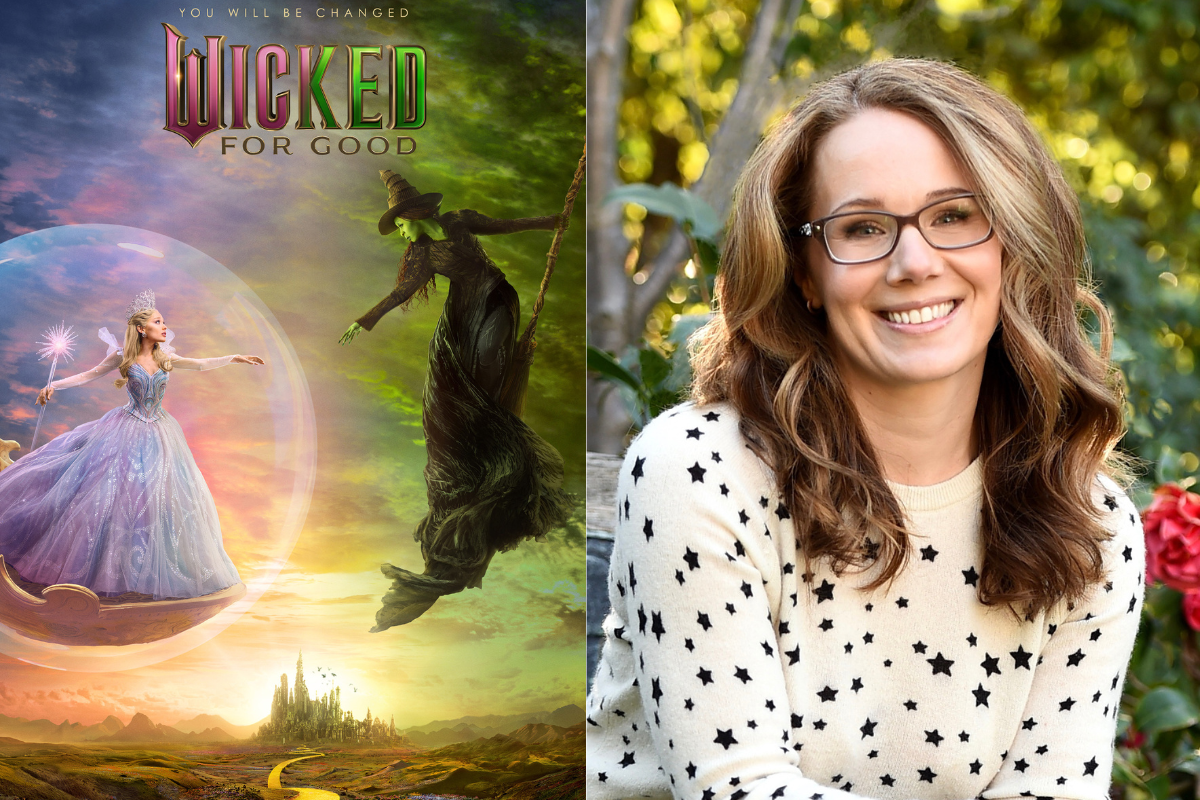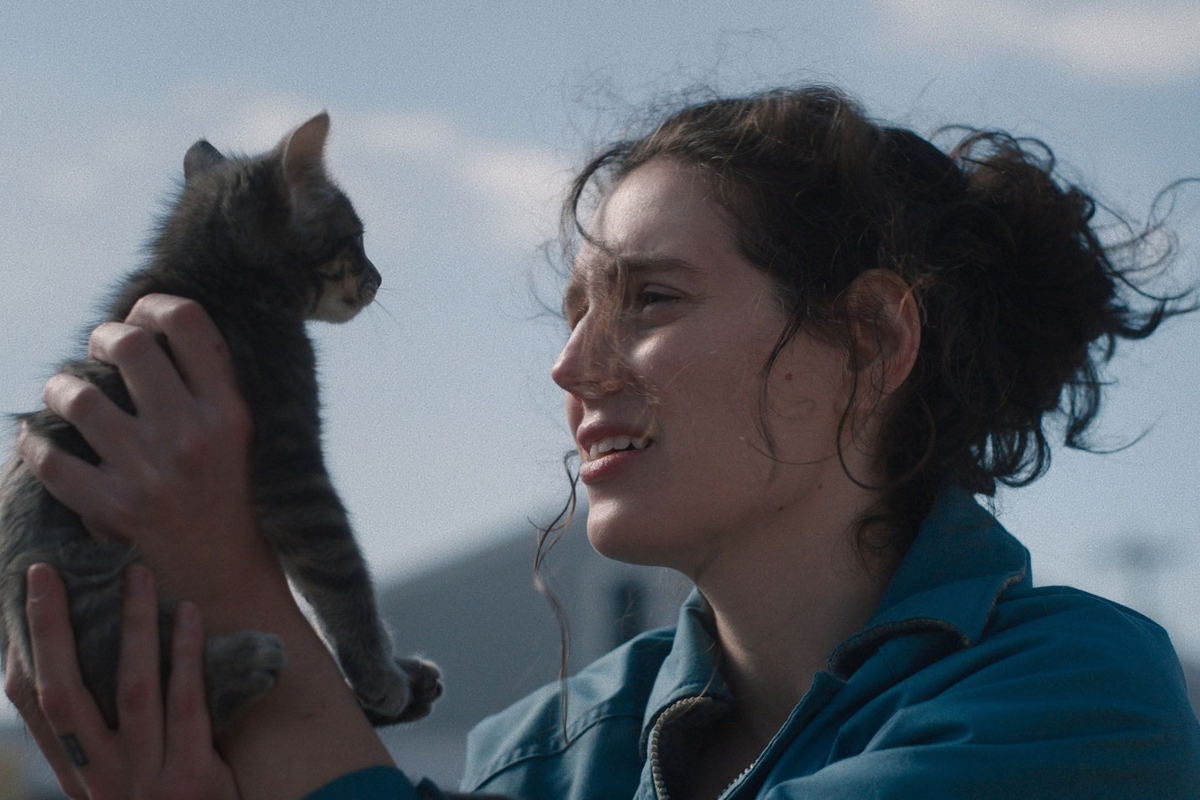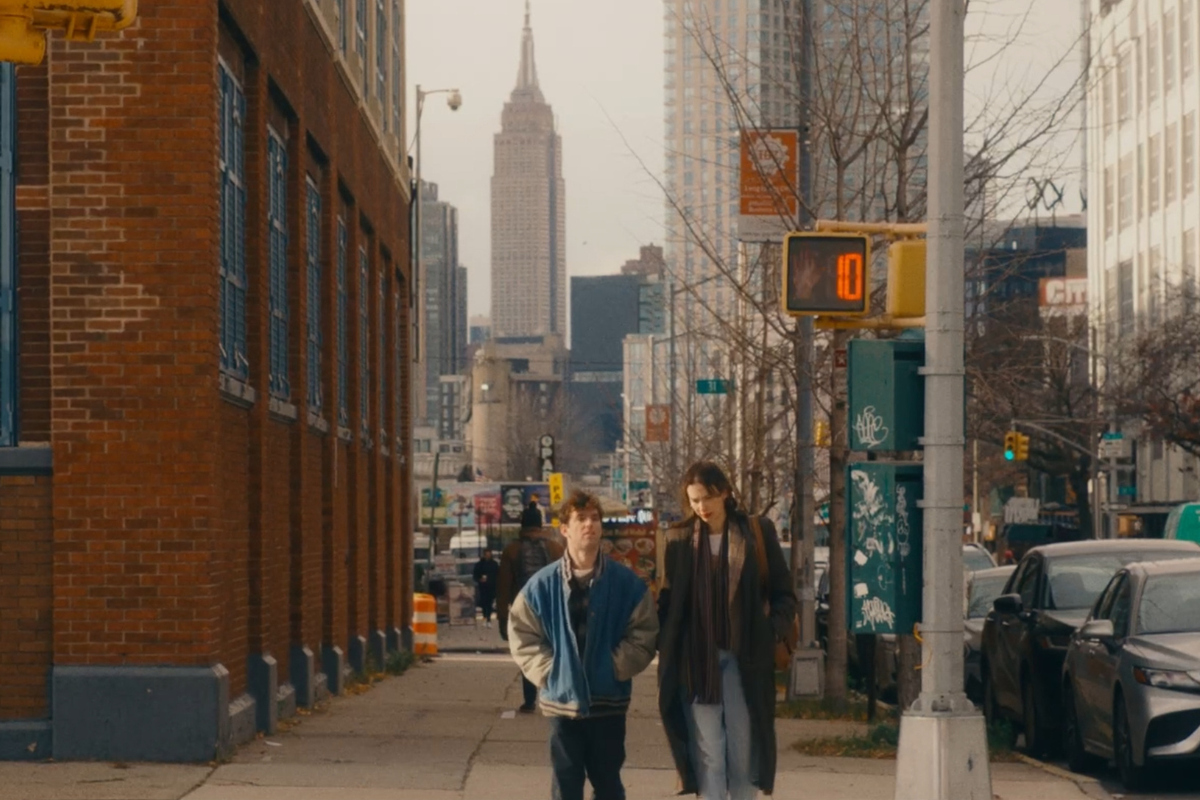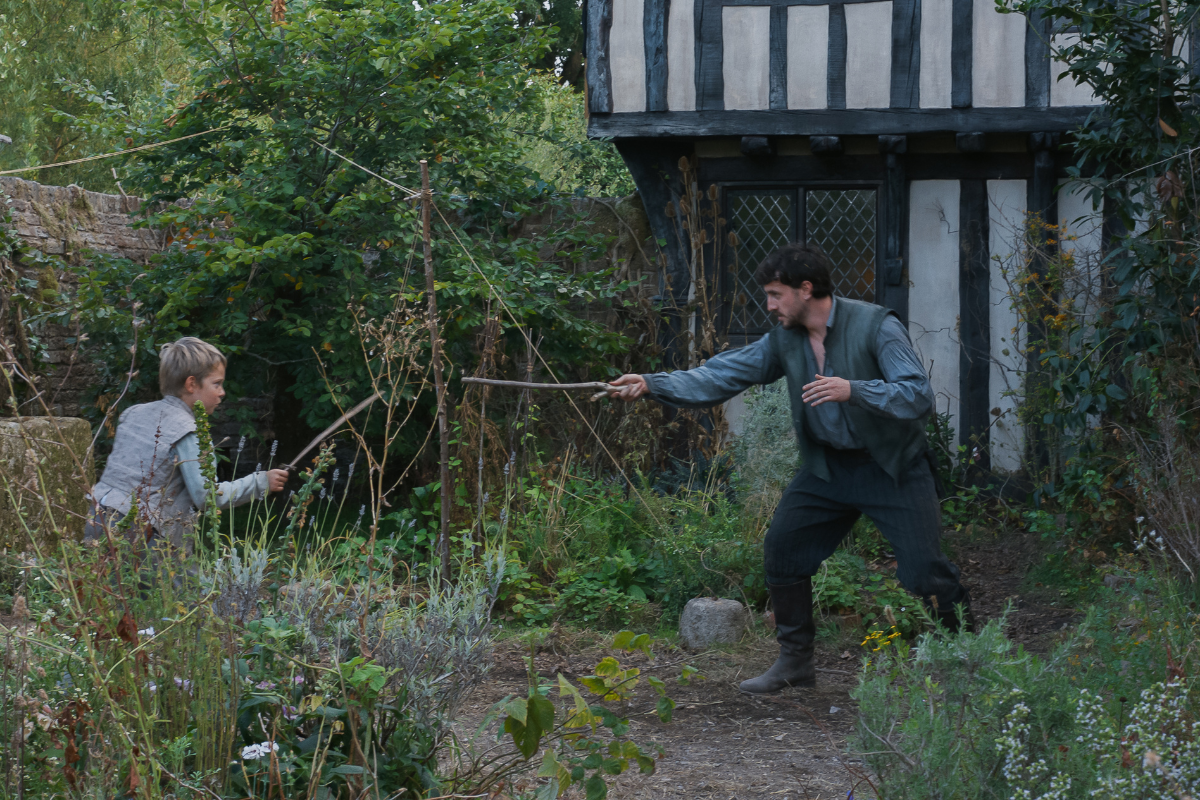How to Have Fun with an Origin Story: Tze Chun Talks ‘Gremlins: Secrets of the Mogwai’
Tze Chun shares with Script about the process of doing an animated series that’s an origin story.
We all know the requirements for maintaining a healthy Mogwai – don’t expose it to direct sunlight, don’t get it wet, and don’t feed it after midnight. These instructions were given to Billy (Zach Galligan) in Gremlins (1984). The darkly humorous horror film introduced the adorable Mogwai Gizmo. What we discovered is a Mogwai can become a disruptive, dangerous Gremlin if he’s fed after midnight. But what’s the origin of the Mogwai and what’s the genesis of the rules?
We’ll soon have the answers to these and other questions when the animated Gremlins: Secrets of the Mogwai premieres on Max on May 23, 2023. The Amblin Entertainment and Warner Bros. Animation series has attracted some incredibly talented thespians as the voices of the characters. James Hong is Grandpa, Ming-Na Wen is Fong Wing, BD Wong is Hon Wing, Matthew Rhys is Riley Greene, A.J. LoCascio is Gizmo, and Izaac Wang is Sam Wing. There are numerous executive producers associated with the project, including Steven Spielberg, who was executive producer on Gremlins 1 and 2, and Tze Chun (Children of Invention, Gotham), who’s also a freshman showrunner on the series. The realm of animation is a new one for him and one he gladly embraces.
Tze recently spoke with Script Magazine about the process of doing an animated series that’s an origin story.
How did you get involved with this project?
I'd always been a Gremlins fan. I was working on a tv show called Gotham. That was coming to an end. I'd had dinner with an exec from Amblin. A few weeks later I got a Facebook message saying, ‘Hey, are you a Gremlins fan?’ I responded that I was, and they brought me in to talk about it.
How long did the process take to get things going?
I went in for a meeting. I talked a little bit about what my take on it was going to be, which was wanting to do the series as an epic action-adventure...almost like a treasure hunting show. We pitched to Warner Bros., then Amblin came aboard, then Max. This was like five years ago. The actual animation took a long time. It was my first time working in animation. I found the process to be very long but very rewarding because you really get to develop everything from the ground up.
Why animation instead of live-action?
It was always planned as an animated show because Warner Bros. Animation and Amblin had a relationship through Animaniacs, and they'd been talking about doing Gremlins as an animated show. Coming from live-action, I certainly feel that because we wanted to do something that was so epic in scope...we're recreating 1920s Shanghai and all these mythical places....there's a spirit market and places where supernatural creatures are...just being able to do that and allowing our crew to have this unbounded creativity and visual development...looking back, I can't see how we would have done it any other way.
How many episodes are in the first season?
There are ten episodes in the first season and the second season is almost finished. That one is also ten episodes.
How many writers are on staff?
We have five writers in the writers' room. We were somewhat rare in animation in that we had a writers' room. It was really nice because we're really breaking a serialized story, even though there are episodes of the weeks....monsters of the week. You're also watching the origins of the friendship between Gizmo and the person who grows up to be the old Mr. Wing from the original Gremlins movies.
What did you find was the difference in writing an animated half-hour vs a live-action half-hour?
When you write an animated series like this, it takes place in a specific world. You are creating everything from scratch. That was really different. Even when I was writing live action pilots or on a live action tv staff, you're very conscious of writing to a budget. This one had a healthy one for animation, so it was really freeing and a satisfying process. One that I really loved.
What were some qualities you were looking for in the writers you hired?
We wanted to have a good combination of people who had character and story skills but also comedy. I come from a drama background. I've written comedy before but that's not what I was known for.
My co-showrunner Brendan Hay came from animation and had worked at Late Night...he's one of the funniest people I've ever met. That creative relationship was really great. I'd come from trying to do these big, epic action shows. Between the two of us, it was very collaborative.
In the writers' room, I always try to push the writers to do what they maybe haven't experienced before. The show is pretty unique in terms of the tone, and we give each writer real ownership over their episode and make sure they feel like it is something they can be proud of.
I have a story question. If Mogwai can't be fed after midnight, what's the earliest you can start feeding them again without them transforming into Gremlins?
We do explain a little bit of that in the show. We do ask the questions because it is one of those rules that has some technicalities.
If you had a Mogwai, what would you feed it?
They'll eat anything but one thing from the original films....I guess because they're origins are from China...Chinese food...! [laughs]
How old do they live to be?
That is one of the things that we get into in the show. One of the coolest things about the process of writing Secrets of the Mogwai was the collaboration between Amblin and Warner Bros. Animation. Our execs there were fantastic. They would always push us to delve into the Gremlin's mythology in a way that was left very open-ended in the movies...we really wanted to delve into deepening the mythology, the origins of the Mogwai, why they exist. There's also a fourth rule that we won't reveal in the show.
Is this your first time being a showrunner?
Yes. I actually came up through indie film. Then I transitioned over to doing more television. I staffed on five years of TV shows. I've had kind of a strange career. I've only staffed on or sold hour-longs. My first time showrunning is on a half-hour animated show. At the end of the day, you're making creative decisions even though there are differences of half-hour vs hour, live-action vs animation.
I also co-founded a comic book company called TKO Studios and one of the books we did was The Fearsome Doctor Fang, which takes place in 1900s China. That was the sample that I sent in. Most of the time executives don't think, ‘Let's see if this person can run a show! Give me his comic book to read.’ I worked as a visual artist a few years after college doing portraits and that experience really allowed me to be able to know how to express myself to the animators and to the team that was responsible for creating the look of the show.
What are the differences and similarities between Executive Producing and Showrunning?
It's kind of all the same job. You're showrunning, you're writing, you're executive producing. At the end of the day, it's just making the best creative decisions that you can. Managing your team and listening to them. That team can be your writers, your storyboard artists, your character designers, your art director. That, to me, is the all-encompassing job...managing and working with the team.
Have you ever met or contacted Chris Walas, the creator of the Mogwai figure?
One of the most fun things that we got to do as a team was go to the Warner Bros. Archives because the character designer really wanted to look at the original puppets and see what they were made of. It was really fun. The archives has all the Batmobiles...it's like nerd paradise. They have a lot of the original Gremlins puppets from Gremlins 1 and 2. The artists were looking at things like what the skin was made of. Seeing those designs in person was amazing. It was a great time for those practical effects.
What's your most memorable day of writing for this?
It's hard to say because the show was just so fun to write for and I really loved the other writers in the writers' room. I think every day was memorable because when you finally watch the show, you remember who came up with that pitch...what that day was like in the writers' room....it's really fun remembering those moments. Because it was a serialized show, we beat out the whole show together. Really made sure that everything connected. A lot of the people in the room have kids and I think for them it was, ‘What type of show would I want to watch with my kids?’ And experience all those big feelings of friendship, loss, anger, fear, and excitement. That really was the most fun thing about the writers' room.
Can you tell me a little more about TKO Studios?
TKO Studios is a graphic novel and fiction publisher. Me and my co-founder, Sal Simone, launched it in December of 2018, so we've been around for almost five years now. The idea at the time, and it still is, was to give a home for creators to tell non-superhero stories in the comic book space. We have Garth Ennis, who created The Boys, Jeff Lemire who created Sweet Tooth, [and] Roxane Gay.
We're really proud of the books that we put out. For me, personally, I've always wanted to publish original stories in that format. I've always been a comic book fan. Sal and I have known each other since I was sixteen and this is the first time we've worked together. It’s been great.
Gremlins: Secrets of the Mogwai premieres on Max on May 23, 2023.
Learn more about the craft and business of screenwriting and television writing from our Script University courses!
Sonya Alexander started off her career training to be a talent agent. She eventually realized she was meant to be on the creative end and has been writing ever since. As a freelance writer she’s written screenplays, covered film, television, music and video games and done academic writing. She’s also been a script reader for over twenty years. She's a member of the African American Film Critics Association and currently resides in Los Angeles.


